Mannerism was born in Italy as a reaction to the balance of form and proportions during the High Renaissance era.
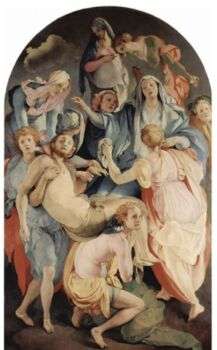
Image source: https://search.creativecommons.org/photos/cfb7e526-b9d3-469b-b24f-50762637a6e4 by ideacreamanuelaPps
Mannerism Painting Features
There are two distinct styles of Mannerist painting: Early Mannerism and High Mannerism. The former is known for its “anti-classical” style, while the latter is an intellectual style with sophisticated features. As a whole, Mannerist painting is more fantastical than Renaissance painting, which can be seen in elongated human figures, unusual lighting or perspective, and vivid colors.
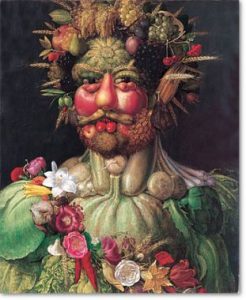
Image source: https://search.creativecommons.org/photos/0f3253ce-fc27-46be-95fe-a1a8677dea94 by Swallowtail Garden Seeds
Mannerism innovation was more important than the actual subject question. The realism of earlier Renaissance conception of art allowed an artificial appearance. Further, emotion is conveyed through contorted scenes, which require an intellectual response from the viewer, such as feeling of tension or anxiety.
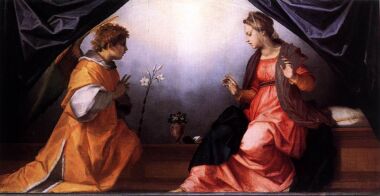
Image source: https://www.flickr.com/photos/121256715@N07/13604748534 by Perlade
Mannerism Artists
These are the most important artists of this style:
- Michelangelo -Best known for his Sistine Chapel frescoes, such as The Last Judgement
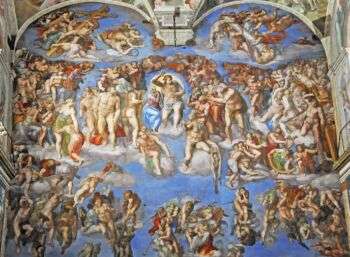
Image source: https://search.creativecommons.org/photos/f6ef0f39-4486-4336-a2ec-fc91c77b3709 by archer10 (Dennis)
- Correggio – Famous for his sentimental narrative works and his light radiating from the child Christ
- Parmigianino – An influential master from Parma
- Giorgio Vasari – A second rank painter who wrote “Lives of the Artists,” and he designed the Uffizi in Florence
- Tintoretto – A drawing expert who composed many religious paintings
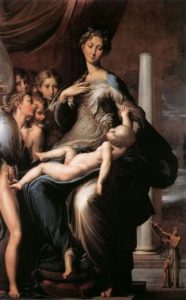
Image source: https://search.creativecommons.org/photos/2095b64e-7ecd-4125-92ce-d4f2fc515292 by irinaraquel
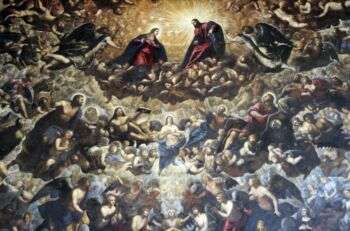
Image source: https://search.creativecommons.org/photos/7762a28d-32a3-41e9-8a74-1a055e575c3a by Sailko
- Giuseppe Arcimboldo – Known for his bizarre fruit and vegetable portraits
- Annibale Carracci -From Bologna, he was noticed for his fresco paintings in the Farnese Gallery
- Adam Elsheimer – had an exquisite way of depicting landscapes, and he influenced Claude Lorrain, Rubens, and Rembrandt.
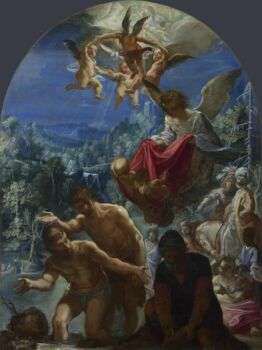
Image source: https://search.creativecommons.org/photos/1d647266-5580-4d8f-b976-51c9daffedf8 by DJANDYW.COM
Sculpture
While sculpture in the High Renaissance period has perfect proportions as in Michelangelo’s David, Mannerist sculpture, had very long forms, spiral angels, and twisted poses. In addition to this, Mannerist sculptors used to work with precious metals frequently, which further differs from the sculptors of the High Renaissance.
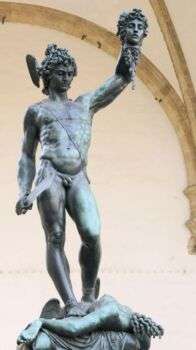
Image source: https://search.creativecommons.org/photos/1657f12b-238d-4985-88d8-a593fb0d826a by storem
“Figura Serpentinata” is a style of sculpture typical of Mannerism. Famous examples include the works by Leonardo da Vinci, Raphael, and Michelangelo. The change of norms from the High Renaissance brought created the “Serpentita” style. Further, the Mannerist structures became systematized and rendered in a pure form. The theme of powerlessness, common to the style, is evident in many works, including Giambologna’s “The rape of Sabine Women.”
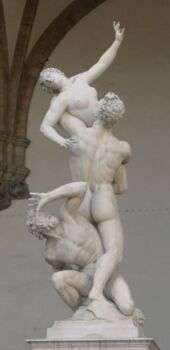
Image source: https://search.creativecommons.org/photos/25dde05a-e668-45c6-9f54-17d32399a813 by rjhuttondfw
Info source: http://www.visual-arts-cork.com/history-of-art/mannerism.htm

Comments are closed.